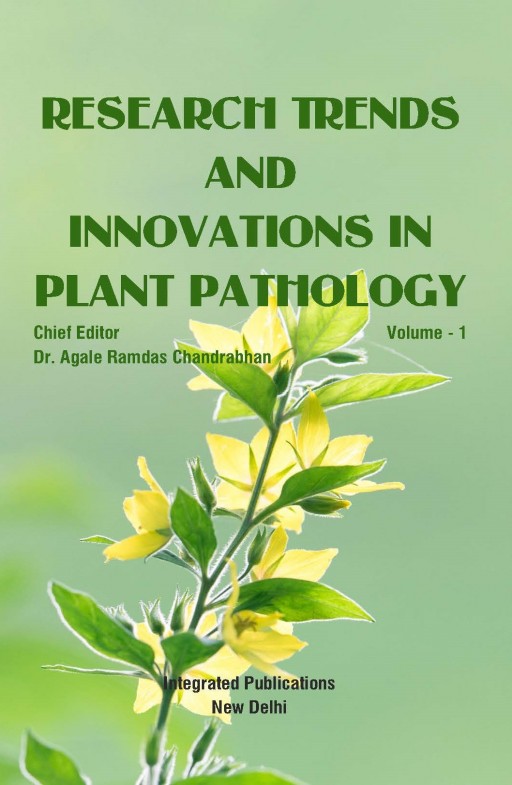Groundnut (or) peanut (Arachis hypogaea) is a short duration oilseed crop having worldwide adaptation and is extensively grown in many parts of the world. The crop is affected by several fungal pathogens, of which Macrophomina phaseolina (Tassi.) Goid, inciting root rot disease is devastating right from the establishment phase of the crop. The pathogen M. phaseolina is both soil as well as seed borne in nature. Though the infection by M. phaseolina is found throughout the crop period, the symptoms of the disease are much pronounced during senescence of the host. The fungus can attack all parts of groundnut plants and the disease may appear at any stage of crop development. Water soaked necrotic spots appear on the stem and the dead issue are covered by abundant black sclerotia and then wilting follows. The pathogen M. phaseolina, is known to cause yield losses up to 77 per cent in various crops. Hence, In this chapter discussed in detail about the occurrence and distribution, symptomatology and host range, character and survival of M. phaseolina, variability of M. phaseolina and yield loss.
Copyright information
© Integrated Publications.

